What is NavIC and How It Is Better than GPS
While India is certainly late to the development of an ethnic satellite navigation organisation, information technology'southward still a huge advocacy as only a handful of countries have made to the elite society so far. In case you are unaware, India has announced its autonomous satellite navigation organization for public use after 7 years of rigorous development, testing, and evaluation. Starting this twelvemonth, you can have commercial smartphones, fitness bands, and vehicles with the NavIC positioning arrangement. In a style, it volition supplant GPS every bit we know it and that is going to be fascinating to watch, at to the lowest degree in India. So, if yous want to learn, what is NavIC and how it is better than GPS so go through our explainer point by point.
What is NavIC: A Brief Introduction
Before nosotros wade into technicality, let's beginning know what NavIC stands for. NavIC is a brusque-grade for Navigation with Indian Constellation and is a pop moniker amidst the general public for Bharat'due south GPS alternative. Really, the name of the project is IRNSS which elaborates to Indian Regional Navigation Satellite System. By at present, yous might have got a faint thought about the objective of NavIC but let me explain thoroughly.
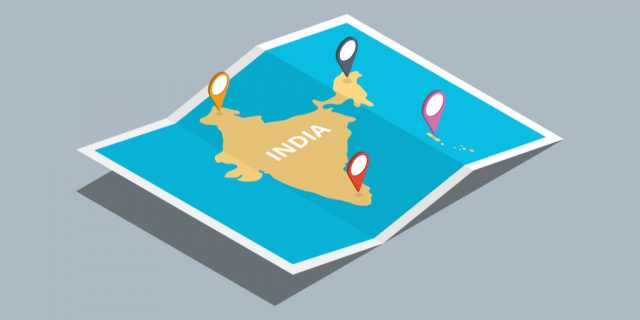
NavIC is a regional navigation satellite organization congenital by India for India. It'south designed by ISRO for authentic real-time positioning, timing services, and messaging. Basically, it's an alternative to GPS (Global Positioning System) which is developed and run by the Us. The prime divergence between NavIC and GPS is that the former is built primarily for India including some neighboring countries whereas GPS (The states) offers coverage of all regions around the earth.
The reason Republic of india built its own navigation arrangement is to limit its over-reliance on Us technologies. Other countries accept already deployed their own navigation satellite systems and at present India has made NavIC operational after seven years of rigorous testing and evolution. To give yous a few examples, Russia operates GLONASS which is a global navigation system; China has BeiDou which is a regional navigation organization just similar India; Europe has Gallileo which is a global navigation system and so on. While currently, Bharat is focussing on its region and adjoining neighbors, ISRO plans to increase the coverage expanse around the globe in the coming years.
How NavIC Works?
I am going to explain the NavIC satellite navigation system in lucid language then don't worry about the technicality and read on. Kickoff of all, NavIC has currently a full of 7 satellites that are stationed in the high orbit of the Globe which is approximately at an altitude of 35k km from Globe'south surface. And all of the satellites are in direct line of sight with Bharat. ISRO maintains the perfect line of sight past rotating the satellites at a fixed velocity. The satellites complete 1 complete rotation in 23 hours, 56 minutes, and 4 seconds which is the exact orbital menstruation of the Earth so it matches perfectly.
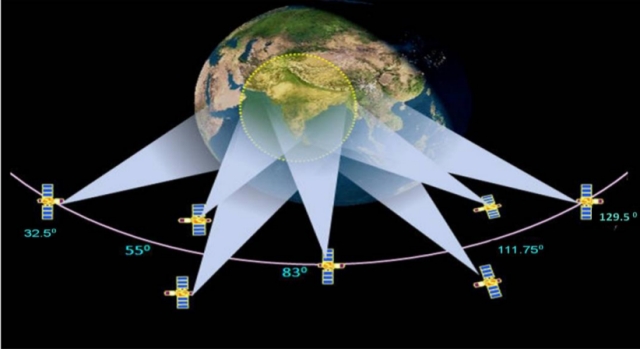
Among the 7 satellites, 3 revolve in the geostationary orbit and are constantly in directly line of sight with India's ground station. Whereas, 4 of the satellites are in the geosynchronous orbit inclined at 29 degrees to the Equator. Incidentally, the move of iv satellites at the given inclination resemble the figure of eight– which, by the mode, is called Analemma in Astronomy.
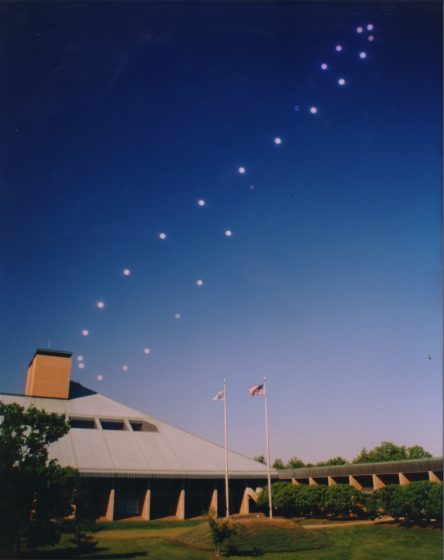
Coming dorsum to NavIC satellites, each ane has 3 Rubidium Atomic clocks which are essentially the device to calculate the altitude, time and your precise position on Earth using radio frequencies. The primal takeaway from the working mechanism is that NavIC satellites always maintain the direct line of sight with Republic of india — different GPS — which results in highly precise geolocation, faster latching and more than penetration in dense areas.
NavIC vs GPS: The Futurity of Republic of india'southward Satellite Navigation Organisation
-
Coverage
First and foremost, let'due south talk about coverage as it's ane of the near of import aspects of a satellite navigation organisation. As I already said, NavIC is a regional satellite navigation arrangement that covers India and some neighboring countries. To be specific, NavIC covers the whole of Bharat and 1500kms of the surface area from its borders. Equally a result, the coverage of NavIC extends to People's republic of bangladesh, Islamic republic of pakistan, Sri Lanka and some northern parts of Cathay too.
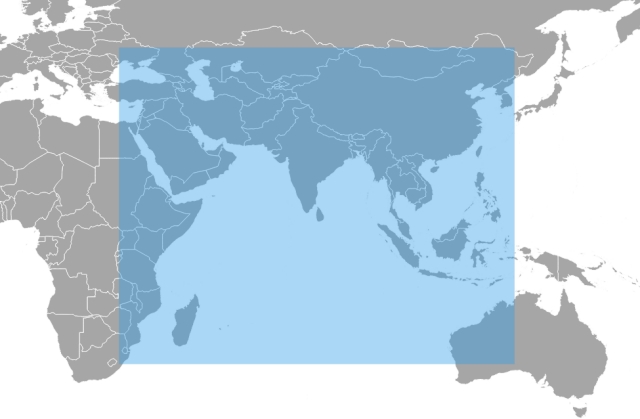
Whereas, GPS covers the whole earth then there is no competition hither in terms of coverage. However, nosotros have to recall over again that NavIC has been developed for Bharat and will extend its coverage in the coming years. ISRO has already committed to launch 4 more satellites to improve coverage and position accuracy.
-
Satellites
Every bit I mentioned above, currently, NavIC has a total of seven satellites in Earth's orbit whereas GPS has a total of 31 operational satellites rotating around the Earth. While GPS needs simply 24 satellites to cover all the regions, recently the United states of america increased the number of satellites for accurate location mapping. As well, it must be noted that India has kept two additional satellites on the basis as stand-by.
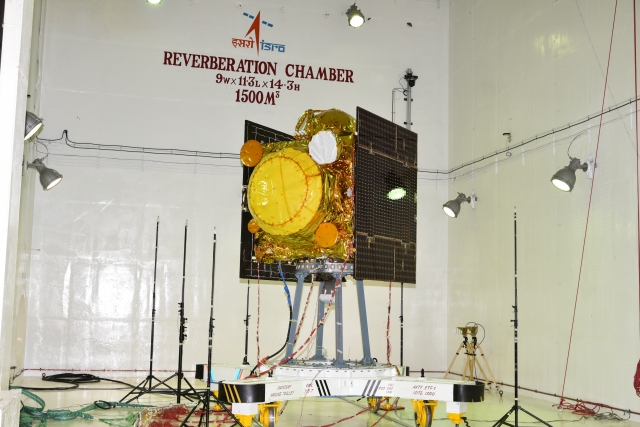
Autonomously from that, NavIC uses L5 frequency to locate devices like smartphones and commercial vehicles. This service for general users has been named equally Standard Positioning Service(SPS). On the other mitt, NavIC uses the S band frequency for military utilise which is encrypted and not open for public use. It has been named Restricted Service. I take talked about the implications of unlike frequencies in the "Accuracy" section then get through that for a better idea. Talking about GPS, it uses L1 and L5 frequencies for both general and military use.

Then in terms of the number of satellites, GPS obviously has an upper mitt as information technology covers the whole world. However, if we look from the frequency and security point of view so NavIC is post-obit the standard protocols used by major space agencies and is on par with GPS.
-
Accuracy
At present we come to the most essential role of this discussion between NavIC vs GPS: Position Accuracy. Without any caveat, allow me tell you in the very beginning, the best part about NavIC is accuracy and it's improve than GPS. As I extensively explained in the working mechanism of NavIC to a higher place, the reason for its pinpoint accuracy is the direct line of sight between the satellite and Bharat's region — ALL the time. And that is what makes it the best satellite navigation organization for India, even better than GPS or any other system. You volition always exist visible to one of the 7 satellites rotating in geostationary orbit, directly in sync with India's co-ordinates.
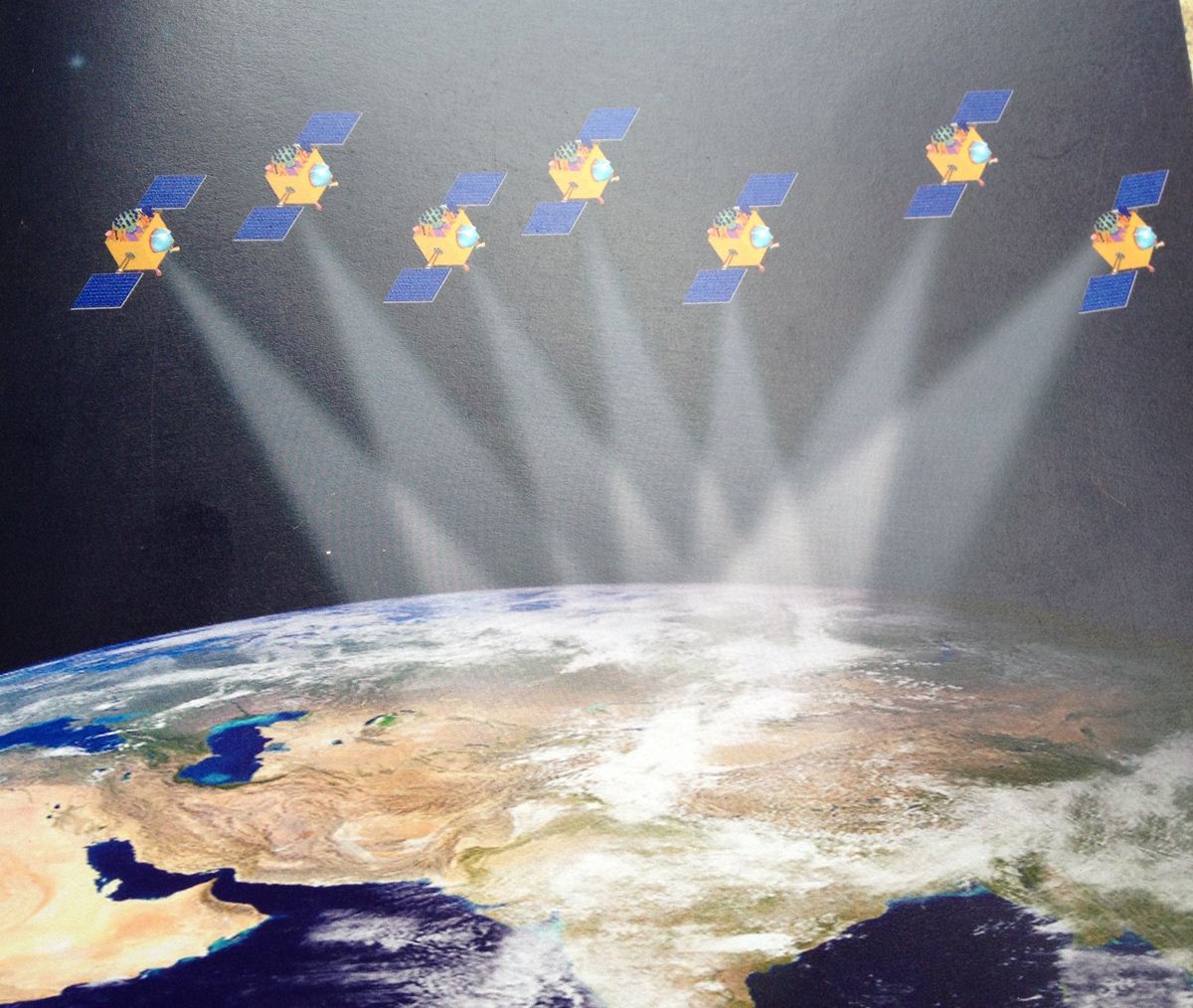
In dissimilarity with Usa' GPS, the 31 satellites are rotating around the Earth at diverse degrees of inclination and then you keep on latching from one satellite to another. It takes significant time to acquire the position of the object. On elevation of that, GPS's satellites take 11hr to consummate Globe's rotation in comparing to NavIC'southward 24 hours (approx). As a result, the GPS's satellites motility at an phenomenal speed so once more you continue on latching from one satellite to another which takes more than time and the accuracy takes a hit. It particularly becomes a major problem when you are in dense areas.

At present nosotros come to location accuracy in the mountains. For all we know, the constellation of NavIC satellites operates at a higher orbit — approx 35k km in a higher place the Earth's surface. On the other hand, GPS satellites operate in medium Globe orbit which is at approximately 20k km of altitude. Since NavIC satellites are much to a higher place the World's surface, signals can't be blocked past mountains. On the other paw, GPS satellites are operating at medium orbit and so at that place are chances of point blocking by mountains especially on the horizon. So in a way, NavIC has been designed to piece of work across the length and breadth of India without any obstacle — be it the remote Himalayan mountains or terrestrial surface.

That was all well-nigh the pros and cons of NavIC and GPS accurateness in Bharat. Theoretically, NavIC has a position accuracy of 5-twenty meters for full general users and 0.5 meters for armed services employ which is amazing. And GPS likewise has a like position accuracy of less than xx meters but tin get better with Cellular triangulation. Notwithstanding, the United states of america has not disclosed its GPS accuracy for Armed services utilise.
To sum upward, NavIC has a directly line of sight with Republic of india all the time then the position accuracy remains amend than GPS, specially in mountain regions. Whereas GPS has ample satellites, but stationed at medium-orbit and cruising at a faster velocity which results in longer acquisition time and relatively inaccurate positioning. Not to mention, in a geographically diverse Bharat, GPS is more prone to position inaccuracy than NavIC.
Are There Any Issues with NavIC?
While on the user side of the things, nosotros do not have whatsoever experiences to share as commercial products are yet to hit the market. Still, in 2016 and 2017, there were reports of Atomic clock failure in the NavIC satellites. A similar thing happened with the European Wedlock's Galileo satellites as well. To prevent the issue, ISRO is using but one Atomic clock on each satellite and keeping the other two clocks every bit backups. In improver, the Atomic clocks on the two stand up-by satellites on the footing have gone through further improvements.
NavIC Availability
In October terminal yr, ISRO signed a pact with Qualcomm to bring NavIC-compatible smartphones in India. Shortly, Qualcomm appear that Snapdragon 720G, 662 and 460 will come up with NavIC back up. Snapdragon 765 already has total NavIC support, and so that's a expert news. There was a slight controversy regarding NavIC compatibility on the latest Snapdragon 865 SoC, but Qualcomm has confirmed that the flagship chipsets do have the NavIC tracking unit and through an OEM software update in April 2020, NavIC support volition be enabled. As well, both Realme and Xiaomi have promised that it's going to bring its upkeep devices with NavIC back up in India. Hopefully, the Realme 6 series and the Redmi Note 9 Series will take back up for NavIC out of the box.
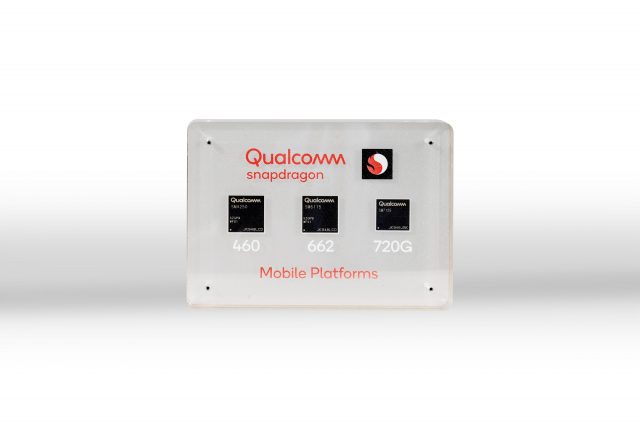
Currently in Republic of india, the Realme X50 Pro and iQOO 3 has the Snapdragon 865 so we tested both the devices for NavIC compatibility and every bit expected, it didn't observe any NavIC satellites. However, as spotted by TechPP, after connecting to WiFi, the Realme X50 Pro somehow detected the NavIC satellites. While we don't understand what is happening hither, information technology simply proves that in the coming months, Snapdragon 865 will get proper NavIC support without whatever WiFi or mobile data issue. Apart from smartphones, NavIC based trackers have been made compulsory on commercial vehicles in India and then all future vehicles are going to sport the indigenous NavIC organization.
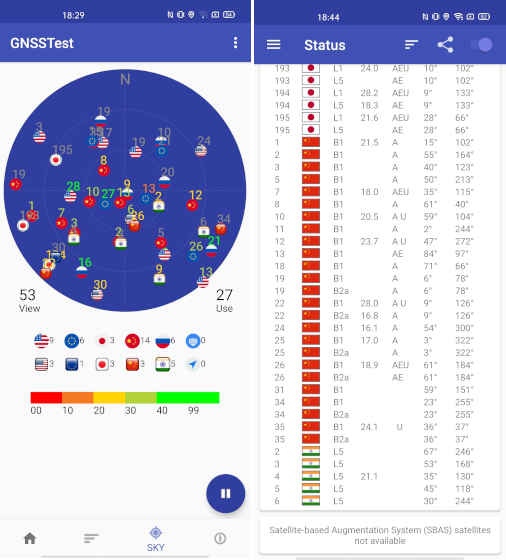
-
Can Nosotros Become NavIC Support past a Software Update?
The answer is no. You need to have the defended NavIC tracking unit incorporated in the smartphone SoC. But later on that, the smartphone manufacturer can enable the support through a software update, if non enabled already.
-
Does Google Maps support NavIC?
Yes. On the software side of things, any navigation app including Google Maps don't take to make any changes to support NavIC-based navigation. It will piece of work out of the box.
-
How to Check NavIC Back up on Your Smartphone?
Y'all can install GPSTest (Free) and GNSSTest (Free) on your Android smartphone to cheque NavIC compatibility. If the apps detect Indian satellites then your smartphone does back up NavIC. For meliorate satellite detection, kickoff the test outdoors.
NavIC vs GPS: The New-Historic period Satellite Navigation System
Then that was all about NavIC and how it'south different than the already-dominant navigation organization, GPS. The story of NavIC is non well-nigh its technical marvel, but of India's quest towards self-dependency. And ISRO is doing a great chore on that front. We hope more smartphones and fettle bands come with NavIC back up and various fleck makers join easily to bring NavIC support in their products. Anyway, that is all from us. If you lot establish the article informative then practice let us know in the comment department beneath.
Source: https://beebom.com/what-is-navic-better-than-gps/
Posted by: cudneybegile.blogspot.com


0 Response to "What is NavIC and How It Is Better than GPS"
Post a Comment